- Services
- Hair Transplant
- Female Hair Transplant
Best Female Hair Transplant in Turkey for Fuller, Beautiful Hair
Achieve thicker, natural-looking hair with our advanced female hair transplant in Istanbul. At Prof Clinic, we help women restore volume and confidence using the latest FUE and DHI techniques tailored for women.
Everything You Need to Know About Female Hair Transplant in Turkey
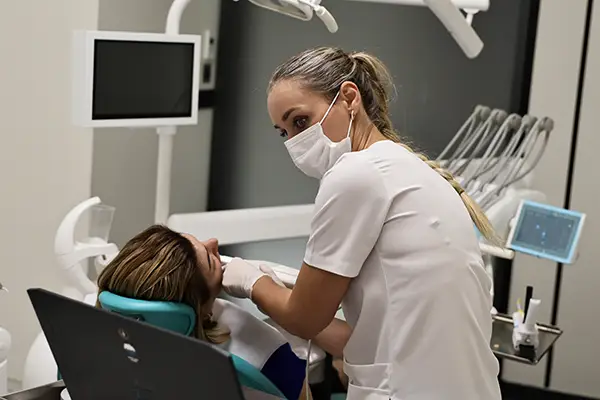
Health Inquiries?
Reach out for expert care
How Does a Female Hair Transplant Procedure Work?
- A female hair transplant in Turkey follows a process similar to male transplants, but with a few key differences tailored to women’s needs.
- During consultation, our surgeons select a donor area with healthy hair follicles, usually from the back or sides of the head. Unlike men, women don’t need to shave their entire scalp — only a small section is trimmed and easily covered by surrounding hair, allowing patients to continue their daily routine without interruption.
- Depending on the type of hair loss, the procedure can focus on the top or front of the scalp. For women with a naturally high or wide forehead, a forehead hair transplant is often performed to lower the hairline and create softer, more feminine proportions.
Hair Transplant Procedure & Pre-Surgery Testing
- A female hair transplant in Turkey is a safe and comfortable procedure, performed under local anesthesia with mild sedation to ensure patients feel no pain throughout the surgery.
- With the FUE hair transplant technique, sessions can last 7–8 hours and may extend over more than one day, while the FUT hair transplant is usually completed in a single session of 4.5–5.5 hours.
- Before the operation, patients undergo essential pre-surgery tests — including blood work and an electrocardiogram (ECG) — to confirm overall health and rule out any contraindications.
- Typical tests include ECG, blood count, kidney and liver function, electrolytes (Na, K, Cl), blood sugar, and screenings for hepatitis and HIV. This ensures your female hair transplant in Istanbul is safe, effective, and tailored to your individual needs.
How to Prepare for Your Female Hair Transplant in Turkey
- Stop smoking at least 24 hours before your female hair transplant in Turkey to ensure better healing and blood circulation.
- Avoid alcohol for 3 days before surgery, as it can increase the risk of bleeding.
- Do not cut or trim your hair before the procedure — the donor area must remain intact.
- Massage your scalp for 1–2 weeks before surgery to soften the skin and stimulate blood flow, preparing it for the FUE hair transplant for women.
- Stop taking aspirin or anti-inflammatory medications at least 2 weeks before your surgery.
- Avoid antidepressants, beta-blockers, and blood-thinning drugs 2 weeks before surgery (consult your doctor first).
- Pause multivitamins or herbal supplements such as Ginkgo Biloba two weeks before your women’s hair transplant in Istanbul.
Your surgeon will provide you with a list of what medications you can and cannot take.
Health Inquiries?
Reach out for expert care
Hair Transplant Techniques for Women in Turkey
Crafted with precision and executed with perfection, each service aims at redefining your beauty and confidence.
- The FUE female hair transplant in Turkey is one of the most popular techniques among women. It involves extracting individual hair follicles from the donor area, usually at the back of the scalp, and implanting them into thinning or balding spots. This method leaves no linear scars, ensures fast recovery, and provides natural, permanent results — making it the preferred choice for women seeking a minimally invasive solution.
- The FUT female hair transplant Istanbul is an effective solution for women with extensive hair loss. In this technique, a thin strip of scalp is removed from the donor area, and healthy follicles are transplanted into the affected zones. While it may leave a small scar hidden under the hair, FUT allows a higher number of grafts in a single session — perfect for women requiring greater density in one operation.
- The DHI hair transplant for women in Turkey uses a special implanter pen to place follicles directly into the recipient area with maximum precision. This advanced technique allows surgeons to control the angle, depth, and direction of each graft, creating a natural-looking hairline. DHI is especially popular among women who want fast healing, minimal downtime, and perfectly defined density.
- The Robotic female hair transplant in Istanbul combines cutting-edge technology with surgeon expertise. The robotic system scans and selects the healthiest follicles from the donor area, ensuring consistency and reducing the risk of human error. This technique guarantees high graft survival rates and natural results, making it ideal for international female patients seeking accuracy and innovation in hair restoration.
Results and Expectations of Female Hair Transplant in Turkey
- When it comes to a female hair transplant in Turkey, it’s important to understand that surgeons do not create new hair — they redistribute existing follicles. The final outcome depends mainly on the size of the thinning area and the quality of the donor hair. What truly makes the difference is the skill of our expert surgeons, ensuring that every transplanted graft takes root and grows naturally.
- While many women achieve stunning results with a female hair transplant Istanbul, it’s important to remember that every patient is unique. Results vary depending on hair type, density, and personal expectations. That’s why comparing your journey to others can sometimes create unrealistic hopes.
- The good news is that transplanted hair is permanent and continues to grow for a lifetime. However, untreated areas may still thin over the years, which is why long-term planning and proper aftercare are essential.
- The donor area plays a key role: fine hair provides less coverage than thick or curly hair, while darker shades usually appear denser than lighter tones. Our specialists carefully assess all these factors to design the most natural, beautiful outcome possible.
- At Prof Clinic Istanbul, we help set realistic expectations by evaluating age, donor hair quality, and the extent of hair loss before treatment. This ensures that every female hair transplant in Turkey delivers natural, lasting, and confidence-boosting results tailored just for you.
Common Causes of Poor Hair Implant Growth
With today’s advanced hair transplant techniques, the average graft survival rate reaches about 90%. If growth is lower, it’s usually due to one of these risk factors:
Dehydration of grafts – when follicles dry out before implantation.
Extended ischemia time – grafts should be reimplanted within 6 hours. Survival drops from 95% at 2 hours to 80% after 6 hours.
Trauma to the follicle bulb – any damage to the bulb prevents healthy growth.
How Long Do the Results of a Female Hair Transplant Last?
The transplanted hair, taken from the female donor area, is genetically resistant to hair loss — making it essentially permanent. Once implanted, it grows naturally for life and does not fall out. Still, non-transplanted hair may continue to thin over the years. If this happens, a follow-up female hair transplant in Turkey can restore density and maintain a youthful appearance.
What Does a Female Hair Transplant in Turkey Package Include?
A female hair transplant in Istanbul doesn’t create new hair — it redistributes your natural follicles. The final outcome depends on the size of the thinning area and the strength of the donor zone. At Prof Clinic, our surgeons are experts at ensuring high graft survival rates, meaning every transplanted follicle takes root and grows just like natural hair.
Why Choose Prof Clinic for Your Female Hair Transplant in Istanbul?
Expert Surgeons
Personalized Approach
Advanced Techniques
All-Inclusive Packages
Istanbul: The Global Hub
Real Patients. Real Results.
Browse verified before & after results for hairlines, smiles, and full makeovers — dental implants, veneers, and hair transplants in Istanbul.
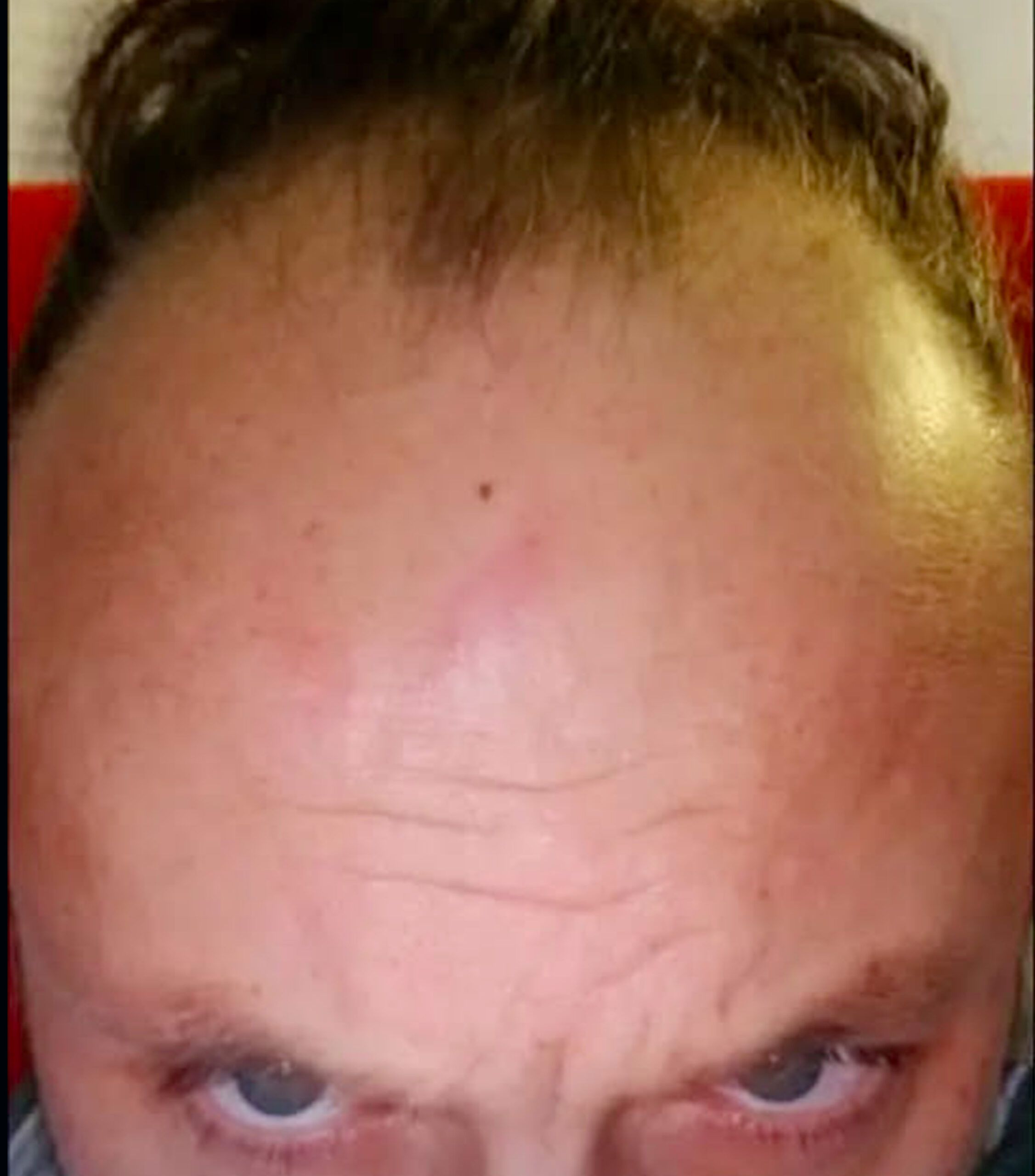
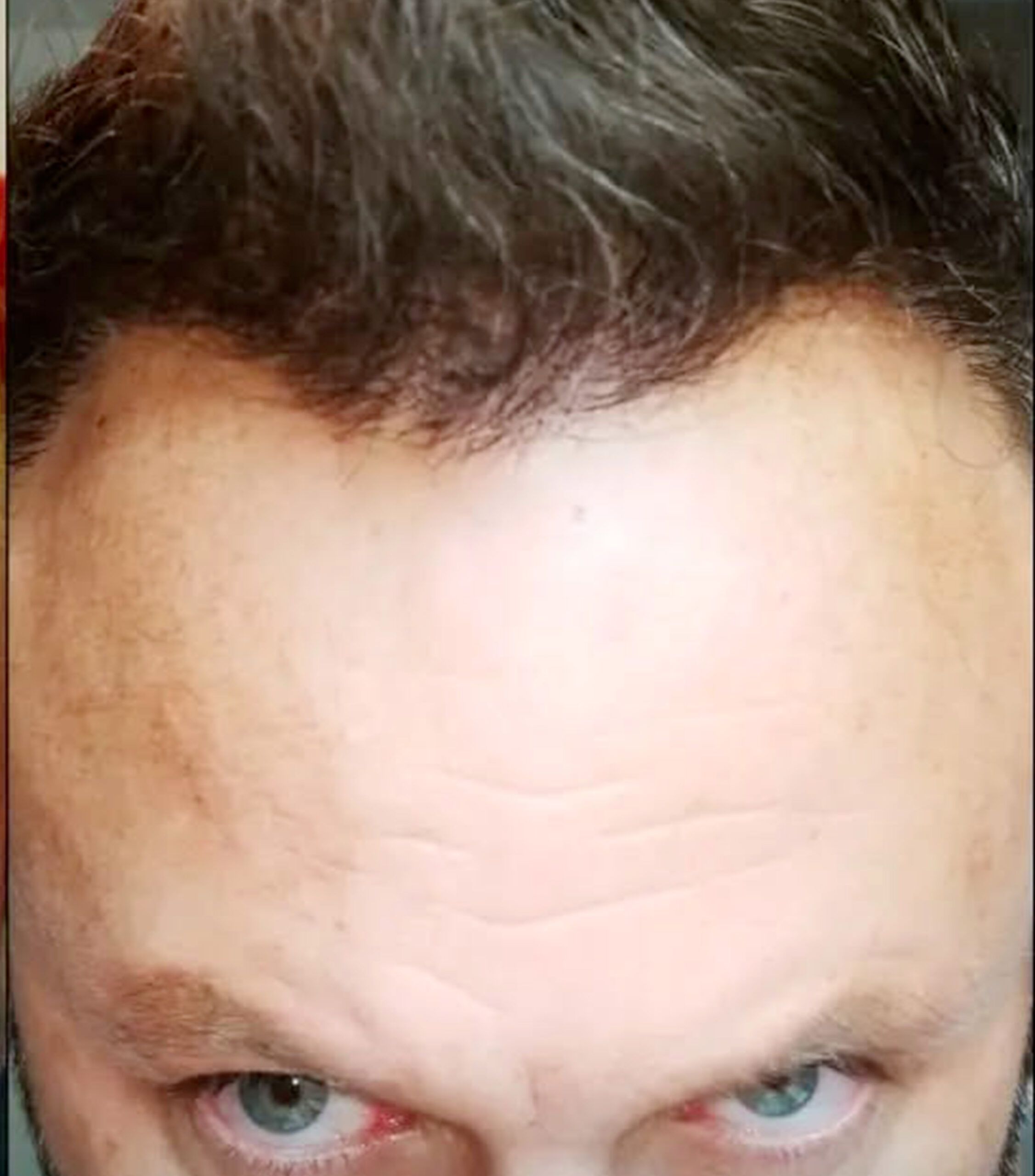
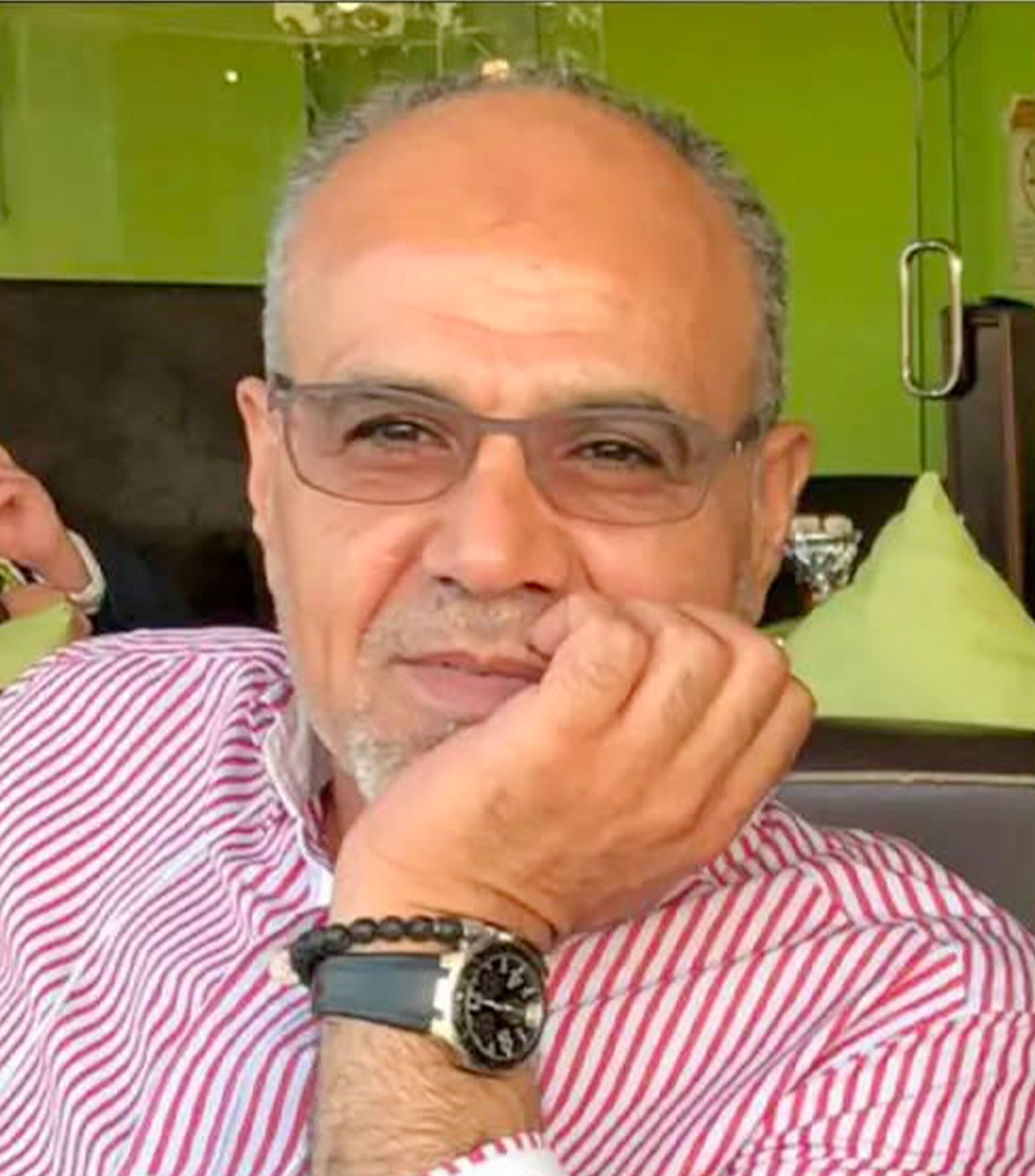

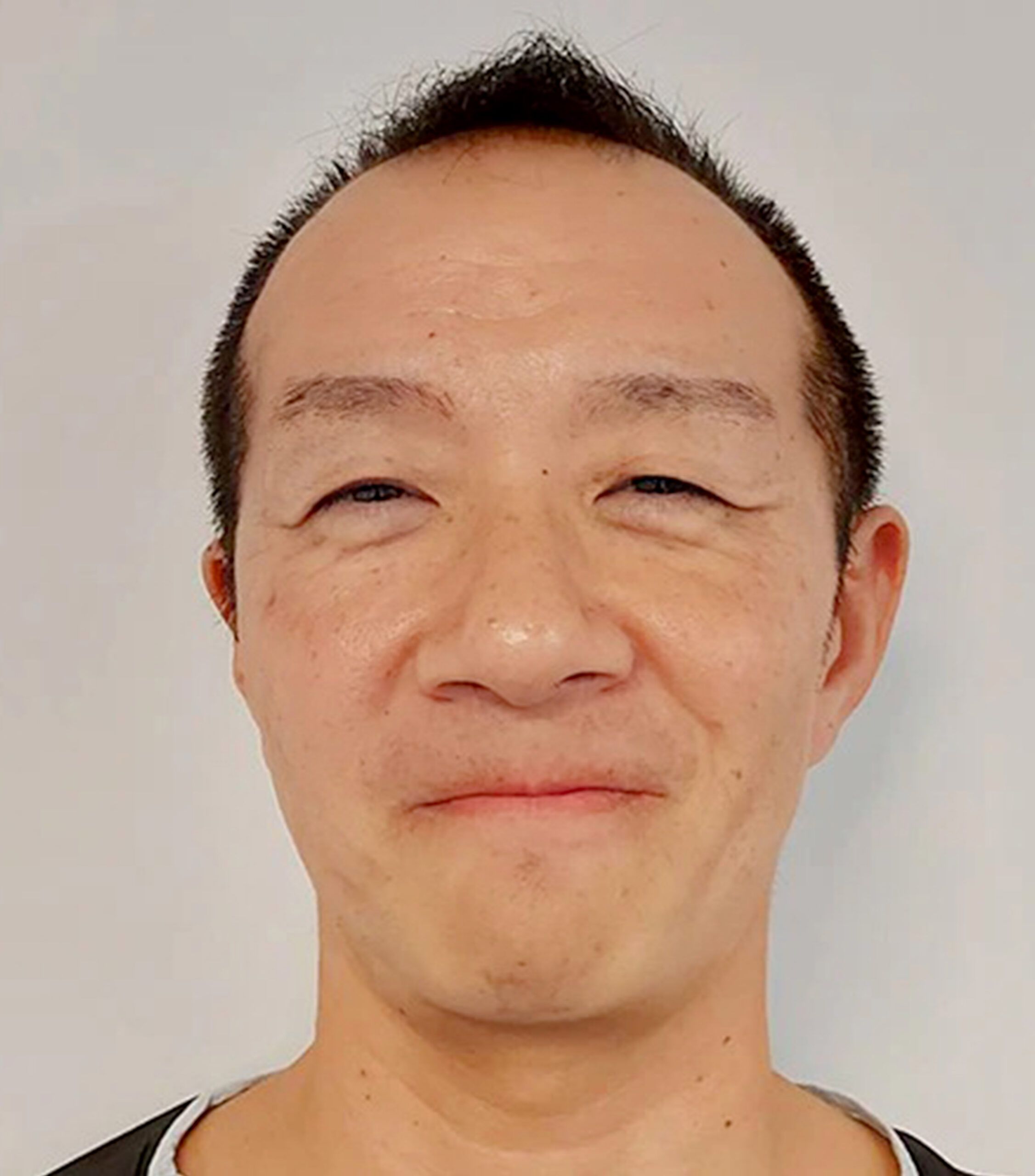
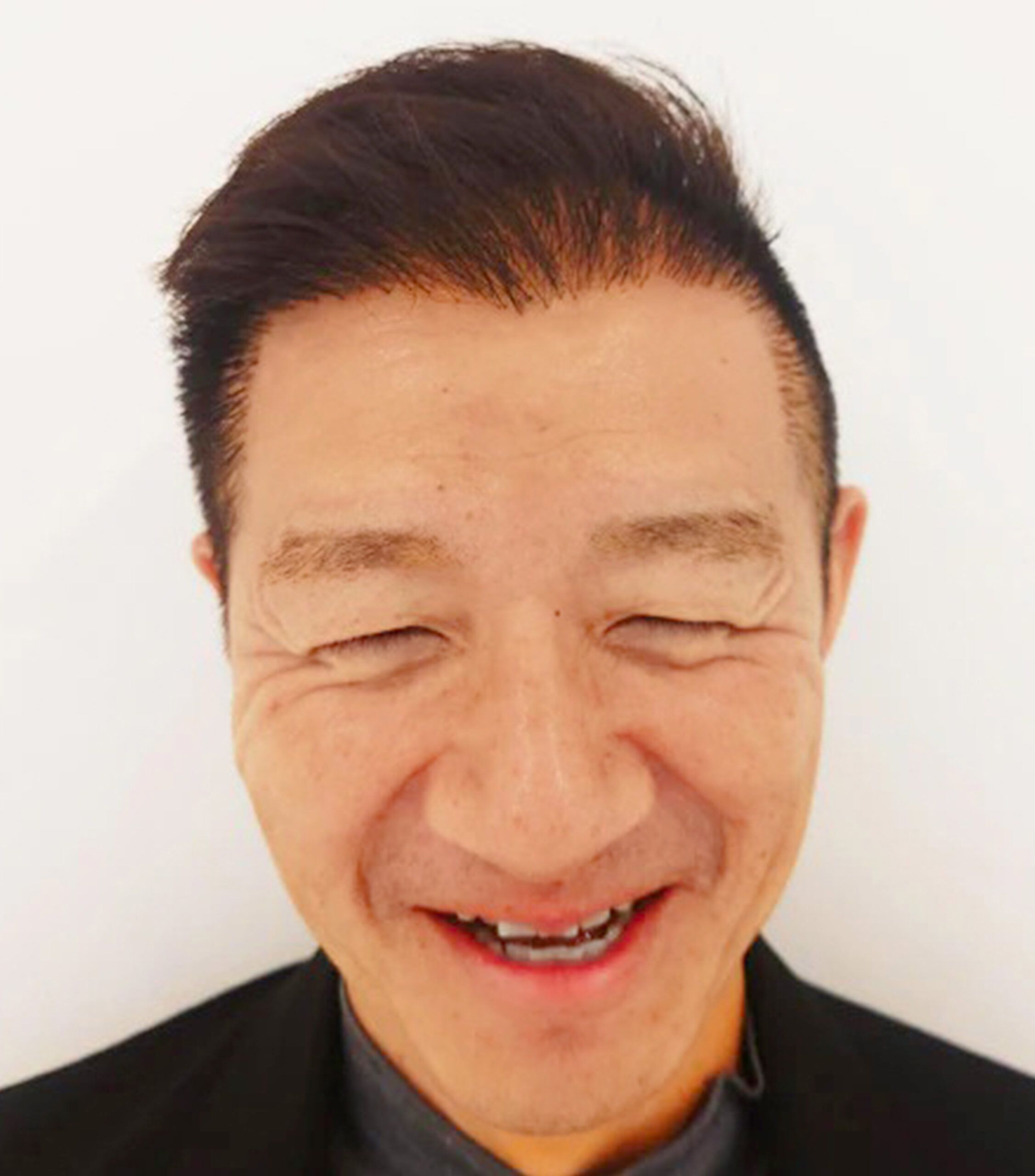
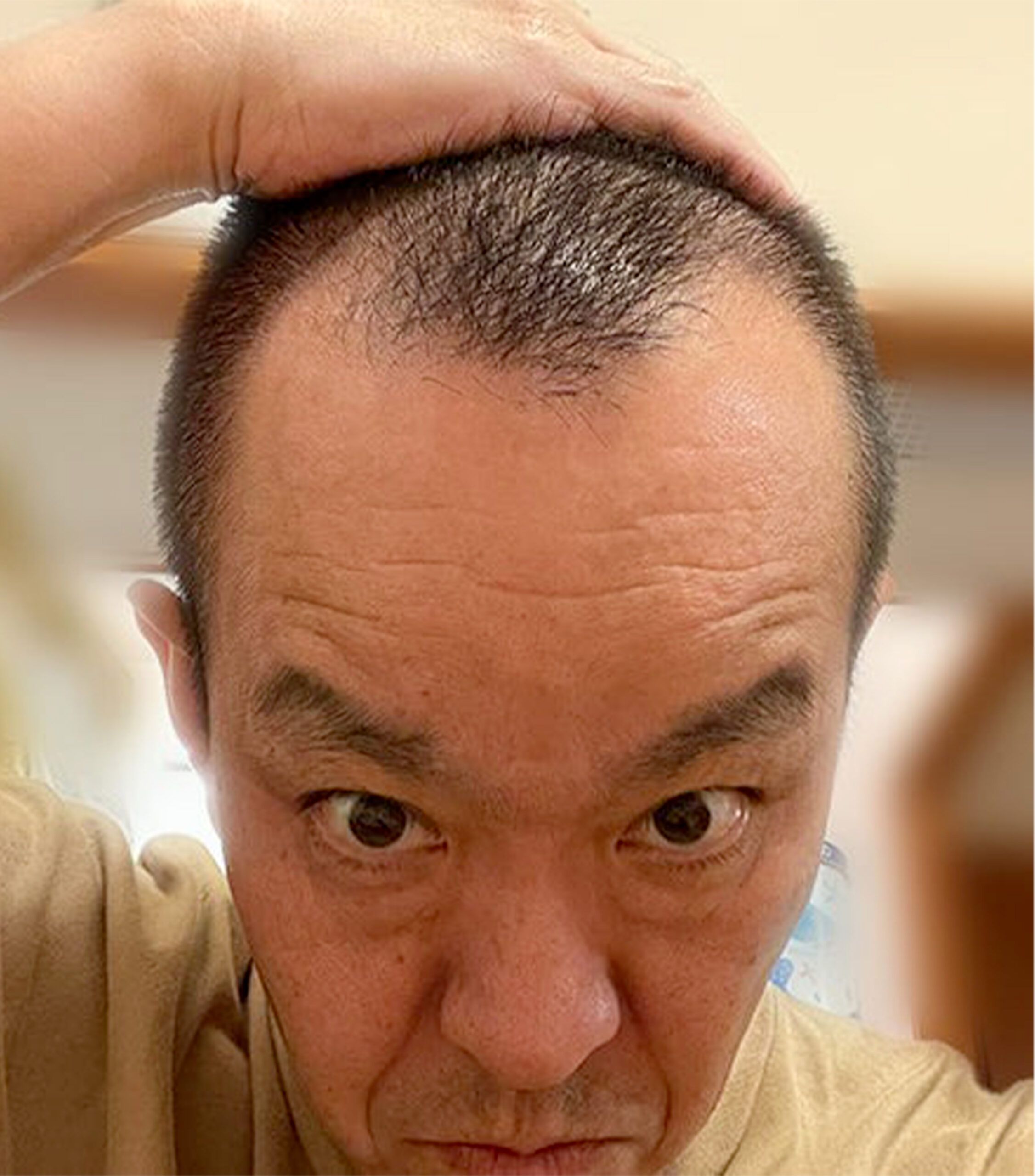
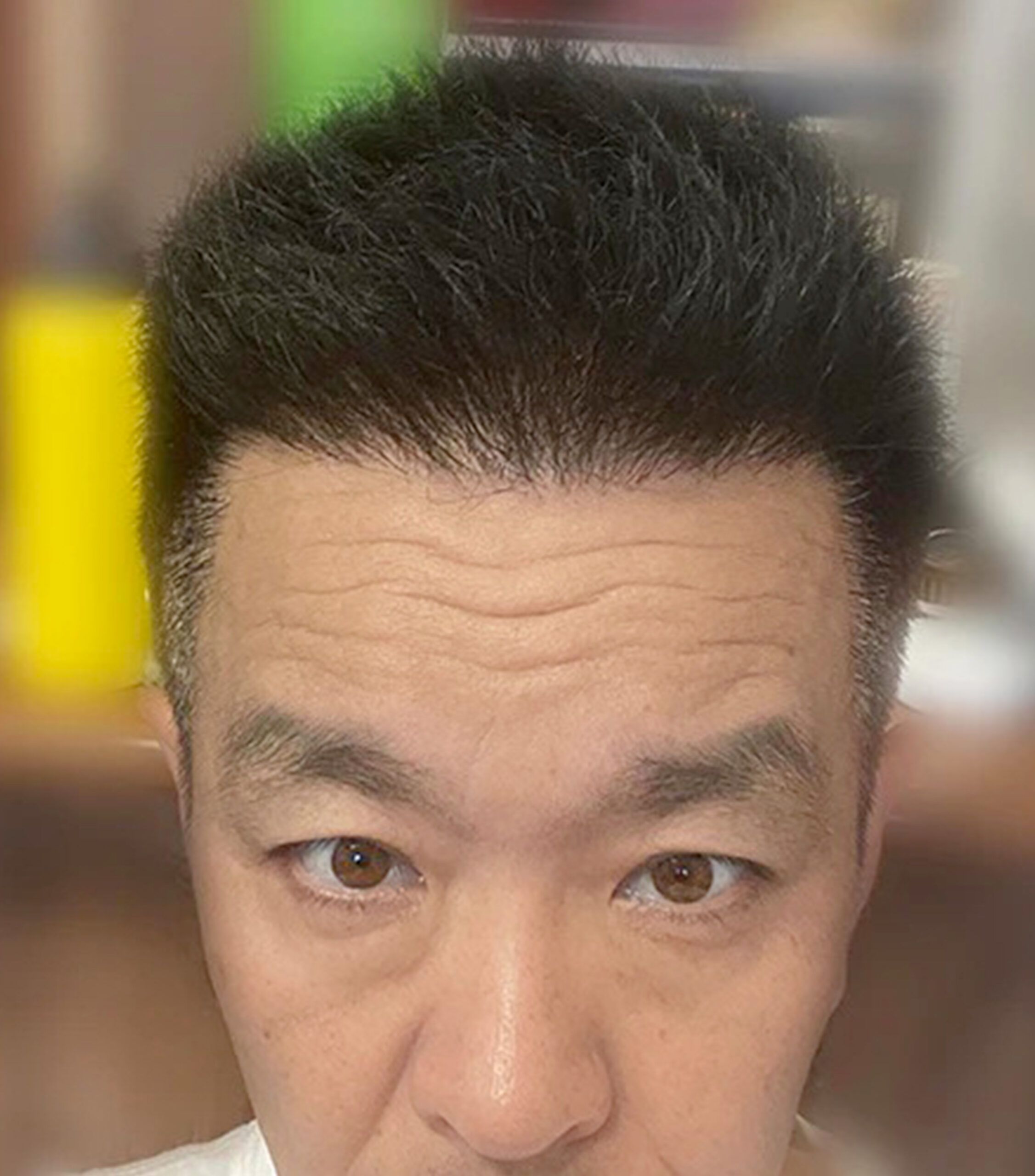
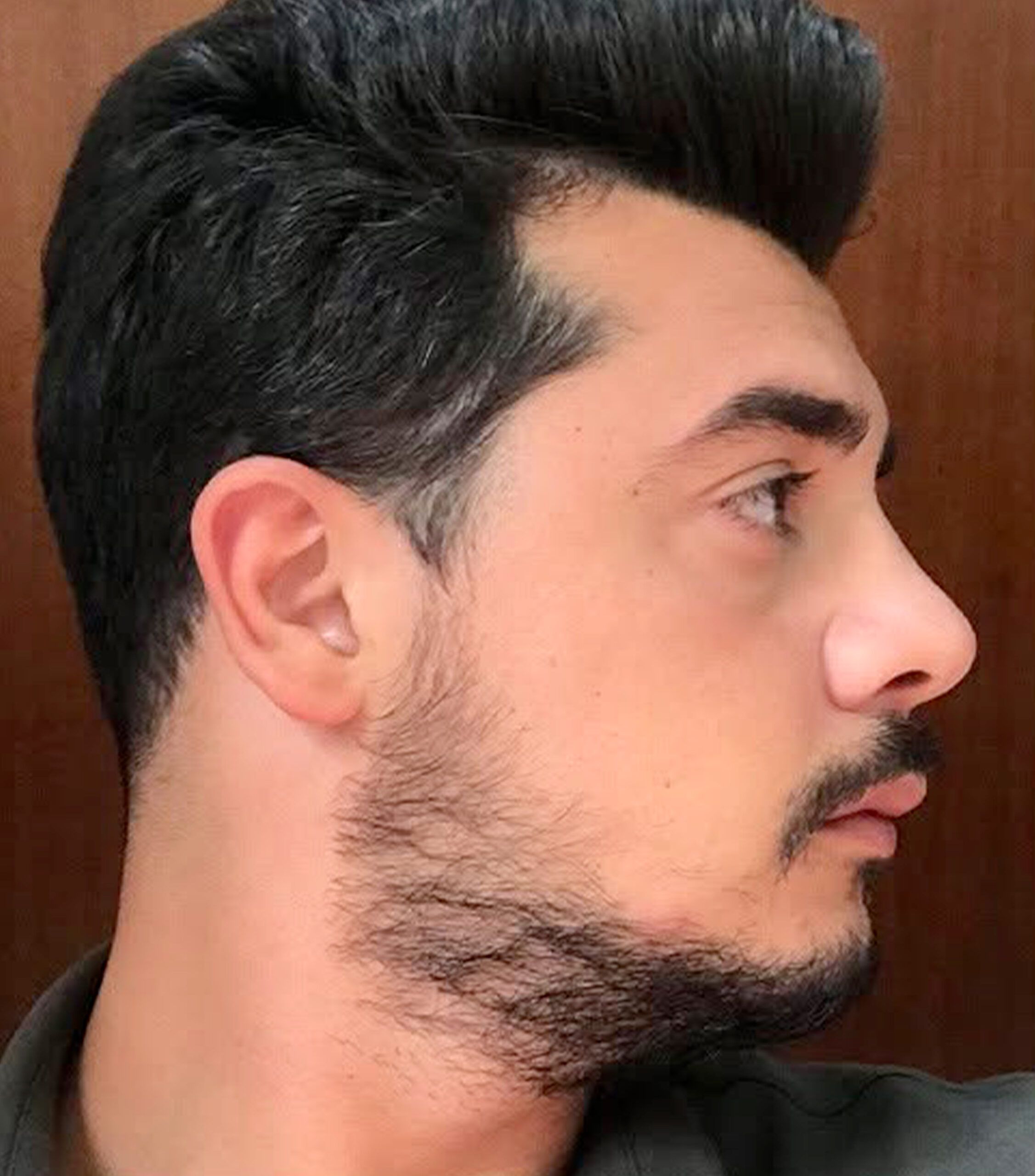
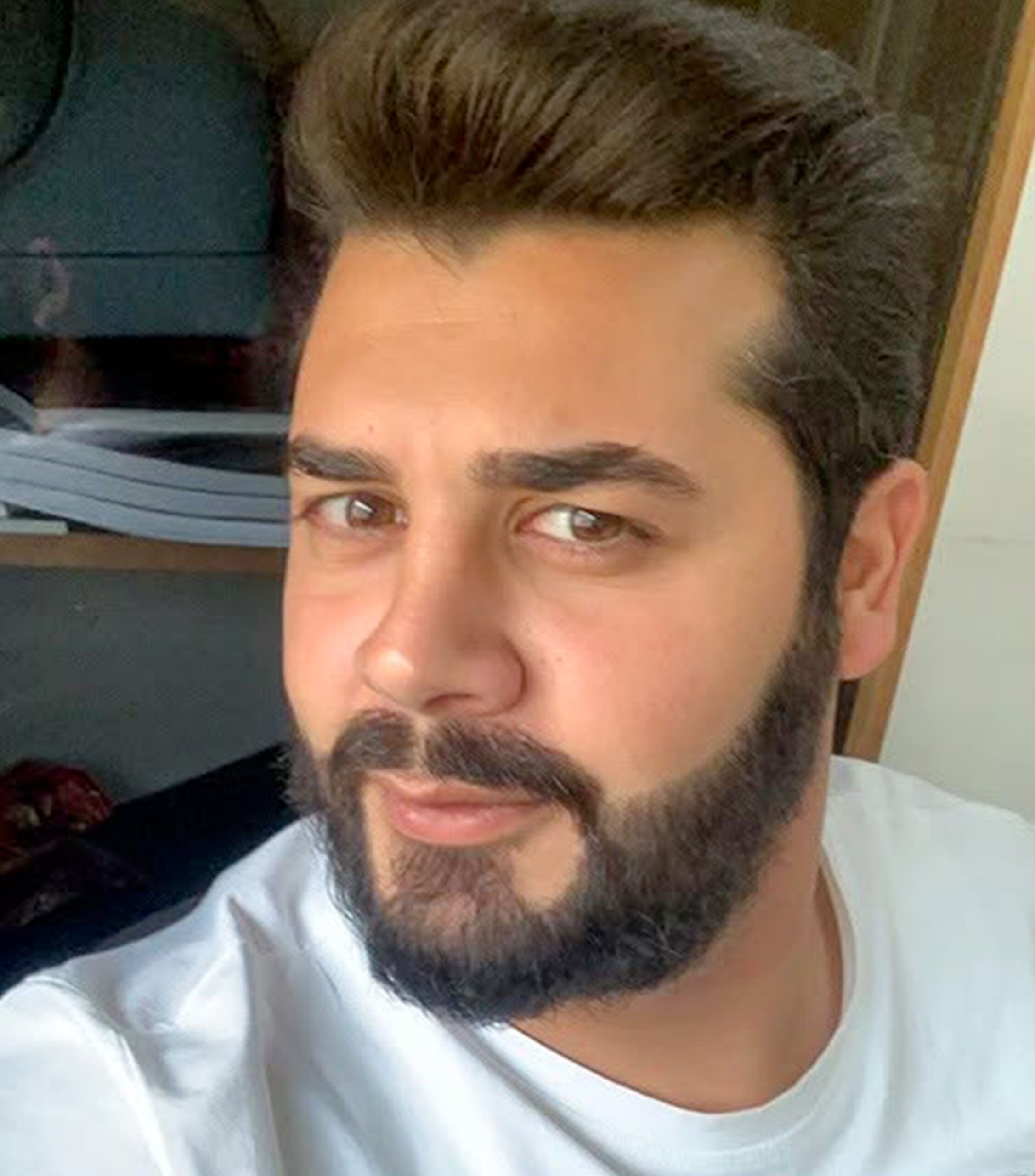
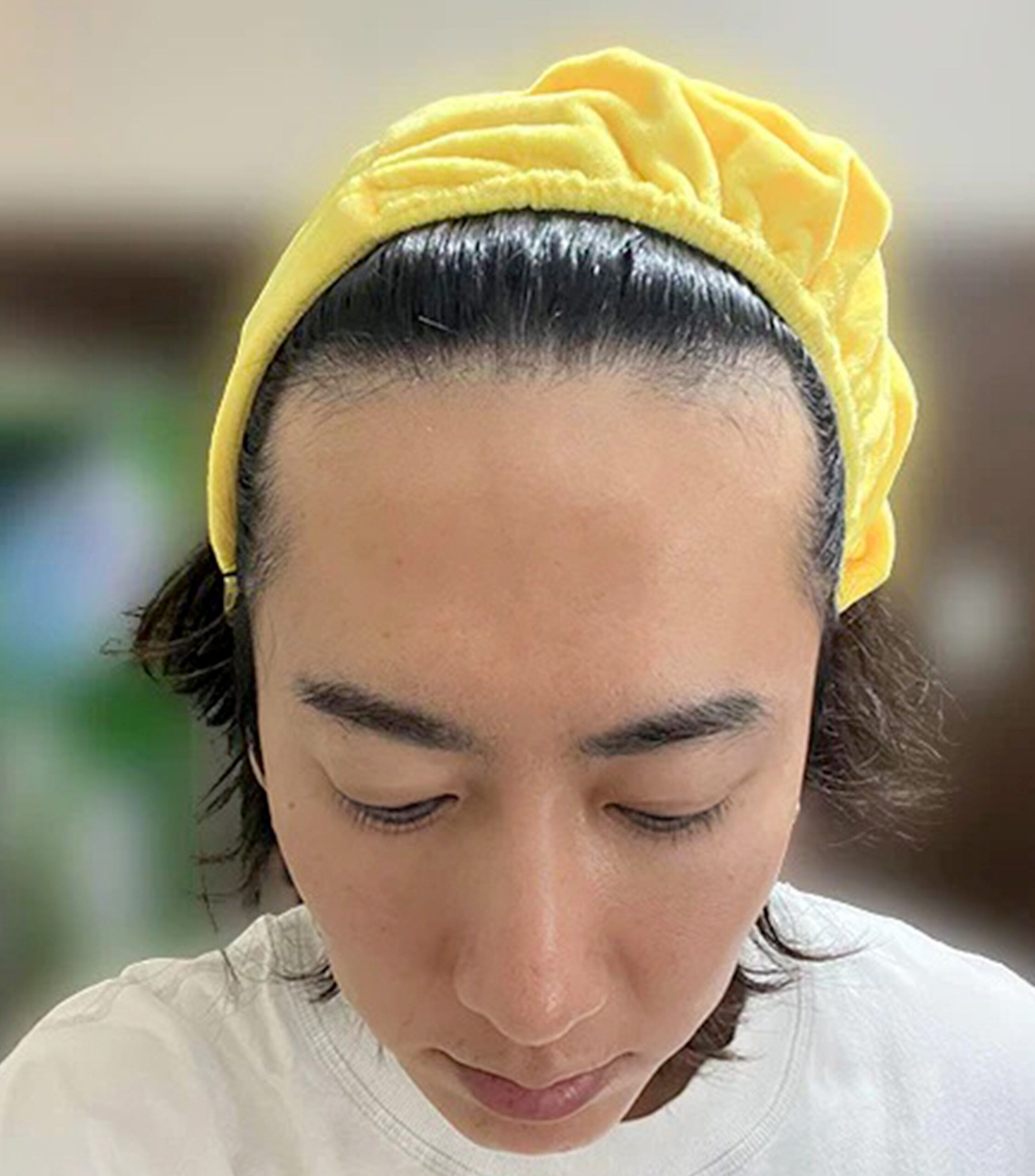
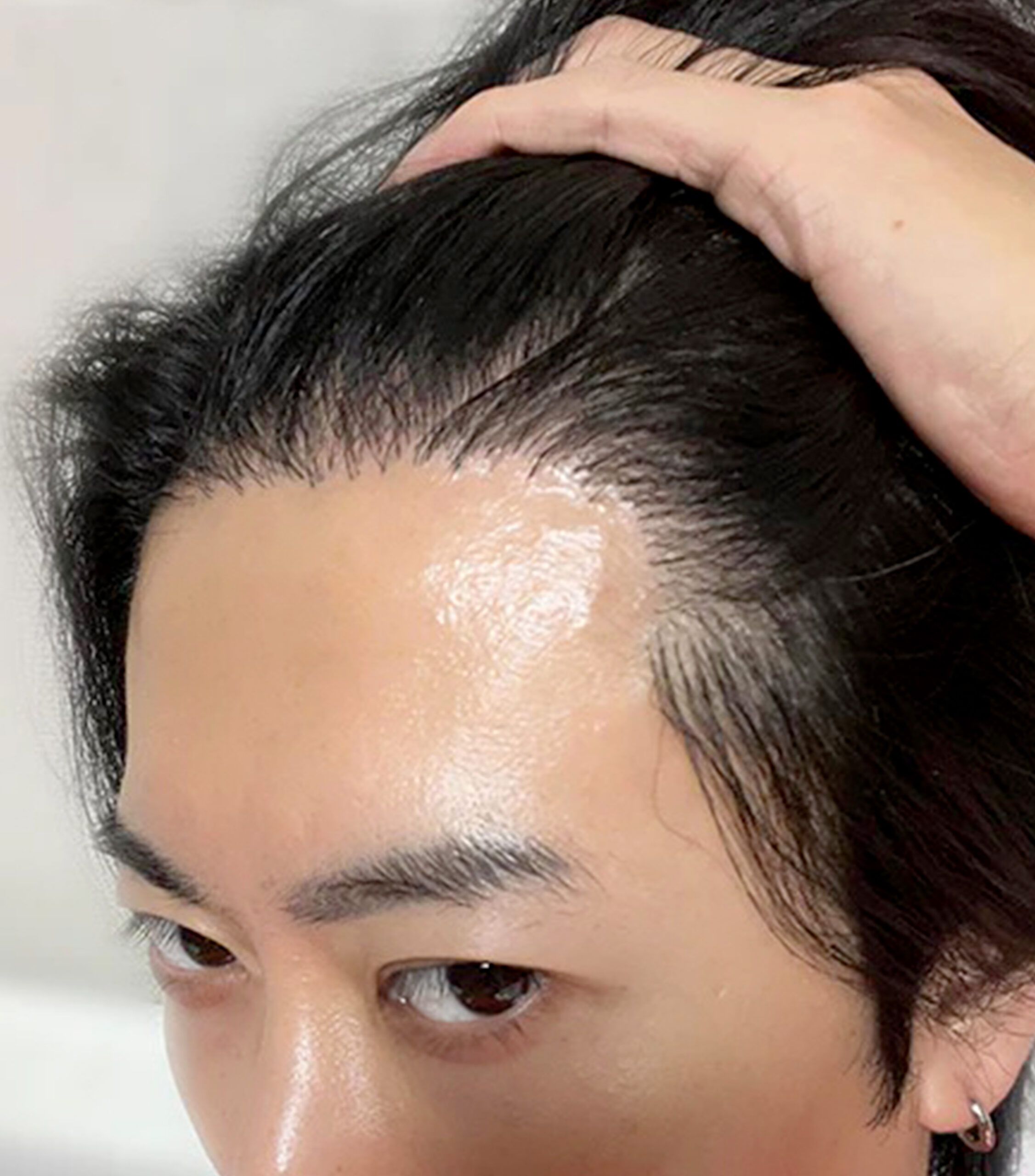
What our patients say
+100 K Happy Clients and Counting in +80 Countries
169 Reviews
Add Your Review

Me and my Wife. Great clinic
I was referred to the clinic by an old friend who used to live Turkey. I was connected to Malik who later transferred me Ali because he was vacation. I started my treatments with the clinic last march and I have a wonderful experience with my communications with Ali. ...

Thank you prof clinic for everything …
Thank you prof clinic for everything really appreciated your help all

I had a great experience at this dental…
I had a great experience at this dental office. The staff is truly accommodating and goes out of their way to work with your schedule and needs. They're reliable - appointments run on time and they follow through on everything they promise. Most importantly, they create a client-friendly atmosphere ...

My husband received dental services…
My husband received dental services from Prof Clinic and the procedure was so quick and straight to the point. He was in and out in an hour. We appreciate the surgeon, and we look forward to better oral health do him.
Our experience with the clinic was...
Our experience with the clinic was... Our experience with the clinic was amazing with the first and second visit the whole staff member are outstanding from Coordinator Rania, Sam and Dr Layla Dr ginger. One of the best organized and professional people l ever meet. Me and my brother ...

Smile review
Had an excellent experience from arrival to departure. My medical consultant Rania was second to noone . She stood with me during difficult times, she guided and comforted me throughout the process. It would be incomplete if I leave out my Doctor Oruqun who was patient and made sure ...

I had a rhinoplasty in November
I had a rhinoplasty in November. Everyone was very kind. I enjoyed a smooth and reassuring experience. Would recommend !

Thank you for everything am happy with…
Thank you for everything am happy with my smile thank prof clinic for your professionalism 🌺

I had a great experience at this dental…
I had a great experience at this dental clinic. while getting three crowns done on my teeth. The quality of their work was great, and I’m very happy with the results. The whole team does an excellent job, and I want to give a special mention to Rania—she is ...
Ranya was so helpful
Ranya was so helpful. She greeted me and made sure I was comfortable. Same with Lilan she was patient with me in this journey. I am so grateful to these ladies. Dr. Diler a chefs kiss with my new smile.

All good the stuff the doctor clinic…
All good the stuff the doctor clinic clear professional استقبال تنظيم الشراكات ممتاز شكر خاص ل Thank you again guys رانيا ل جاد كانو معي بعد أربعة اشهر برجع

Adrian
Amazing person! Was hardly to start writing this review. On rare occasions, I have had the opportunity to meet a person with so many good qualities and skills. This person who I'm referring to is Linda, my medical consultant from Prof Dental Clinic .Great character! Can not wait to ...
Seamless coordination and professional…
Seamless coordination and professional dentists who knew what to do. I am happy with the results.
What a great experience I had with Prof…
What a great experience I had with Prof Clinic. I received a very good treatment, I was picked from the airport and straight to a very classy hotel. Following day, I was picked up by a clean taxi straight to the clinic. I will remain with Prof clinic for ...
Amazing experience
My experience with Prof Clinic in Istanbul was excellent. I communicated with the medical consultant Mike, and he was very kind and helpful from the very beginning. He welcomed me at the airport and arranged my hotel stay, making the whole process smooth and clear. My dental treatment was ...
Excellent Service
Excellent Service, very kind team ,Honestly im supposed of that great job, Thanks Natural Clinic

It was a great experience i did my…highly recommended 👌
It was a great experience i did my teeth 😬 treatment with roots canal and they did great job. Pick me up from airport and give me nice hotel and also there team doctor are really personal specially Linda she is a great representative of there clinic amd professional. ...

Hollywood Smile
I went with my daughter for a Hollywood Smile, and the whole process was incredibly smooth and precise. We first had a consultation with Dr Ammar, who clearly explained every detail and suggested the perfect treatment plan for us. We were truly impressed by the care and attention we ...

Very professional and high quality
The work on my teeth was done professionally and relatively pain free. The organization is perfect and makes the entire experience a breeze; from being picked up at the airport, staying in 5 star hotels, being chauffeured to and from the clinic daily. I didn’t need to worry about ...
I'd like review my experience with Prof…
I'd like review my experience with Prof clinic and their outstanding service. I was evaluating many choices to fix my teeth and because of John who described everything well and provided me excellent information to decide what and how to do. Highly recommend


Frequently Asked Questions

Health Inquiries?
Reach out for expert care
Curious About Patient Experiences?
+100 K Happy Clients and Counting in +80 Countries
Just contact us, then experience the benefits of Prof Clinic.
We will arrange everything for you.
CONSULTATION !
